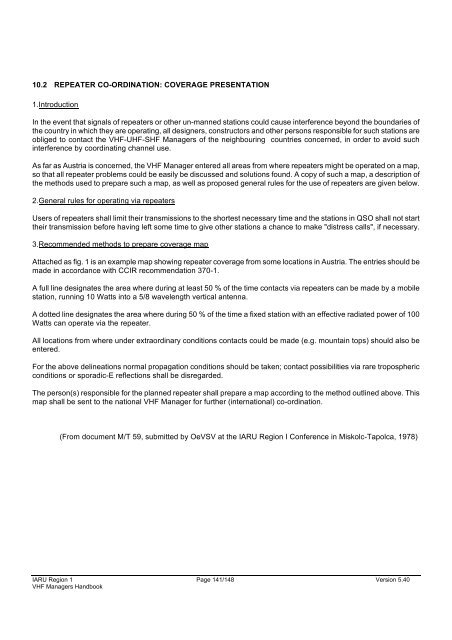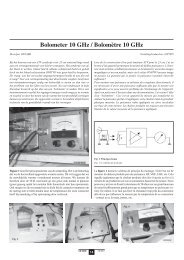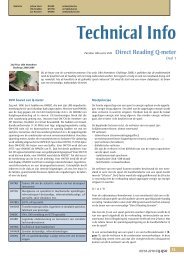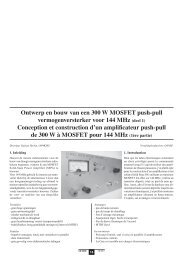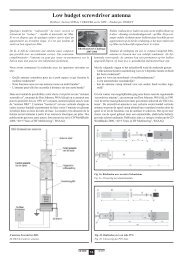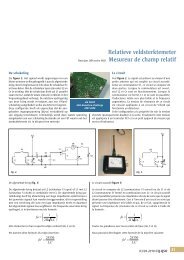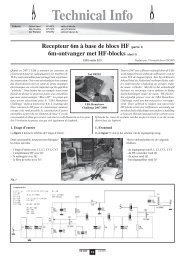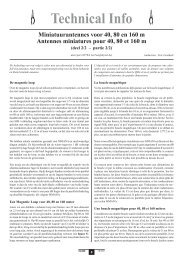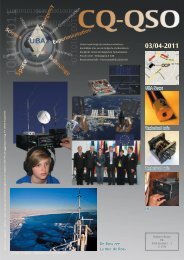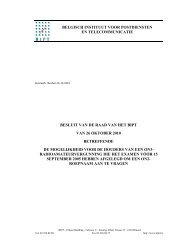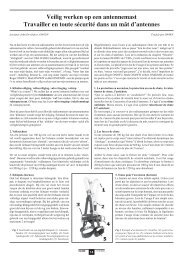IARU Region 1 VHF Managers Handbook - UBA
IARU Region 1 VHF Managers Handbook - UBA
IARU Region 1 VHF Managers Handbook - UBA
You also want an ePaper? Increase the reach of your titles
YUMPU automatically turns print PDFs into web optimized ePapers that Google loves.
10.2 REPEATER CO-ORDINATION: COVERAGE PRESENTATION<br />
1.Introduction<br />
In the event that signals of repeaters or other un-manned stations could cause interference beyond the boundaries of<br />
the country in which they are operating, all designers, constructors and other persons responsible for such stations are<br />
obliged to contact the <strong>VHF</strong>-UHF-SHF <strong>Managers</strong> of the neighbouring countries concerned, in order to avoid such<br />
interference by coordinating channel use.<br />
As far as Austria is concerned, the <strong>VHF</strong> Manager entered all areas from where repeaters might be operated on a map,<br />
so that all repeater problems could be easily be discussed and solutions found. A copy of such a map, a description of<br />
the methods used to prepare such a map, as well as proposed general rules for the use of repeaters are given below.<br />
2.General rules for operating via repeaters<br />
Users of repeaters shall limit their transmissions to the shortest necessary time and the stations in QSO shall not start<br />
their transmission before having left some time to give other stations a chance to make "distress calls", if necessary.<br />
3.Recommended methods to prepare coverage map<br />
Attached as fig. 1 is an example map showing repeater coverage from some locations in Austria. The entries should be<br />
made in accordance with CCIR recommendation 370-1.<br />
A full line designates the area where during at least 50 % of the time contacts via repeaters can be made by a mobile<br />
station, running 10 Watts into a 5/8 wavelength vertical antenna.<br />
A dotted line designates the area where during 50 % of the time a fixed station with an effective radiated power of 100<br />
Watts can operate via the repeater.<br />
All locations from where under extraordinary conditions contacts could be made (e.g. mountain tops) should also be<br />
entered.<br />
For the above delineations normal propagation conditions should be taken; contact possibilities via rare tropospheric<br />
conditions or sporadic-E reflections shall be disregarded.<br />
The person(s) responsible for the planned repeater shall prepare a map according to the method outlined above. This<br />
map shall be sent to the national <strong>VHF</strong> Manager for further (international) co-ordination.<br />
(From document M/T 59, submitted by OeVSV at the <strong>IARU</strong> <strong>Region</strong> I Conference in Miskolc-Tapolca, 1978)<br />
<strong>IARU</strong> <strong>Region</strong> 1 Page 141/148 Version 5.40<br />
<strong>VHF</strong> <strong>Managers</strong> <strong>Handbook</strong>


